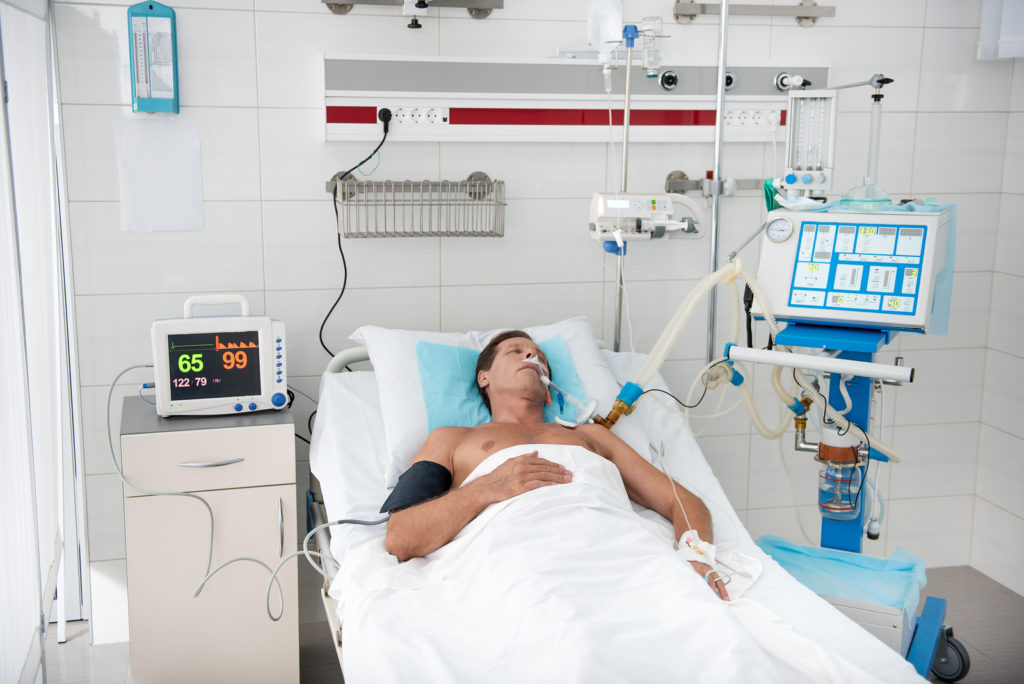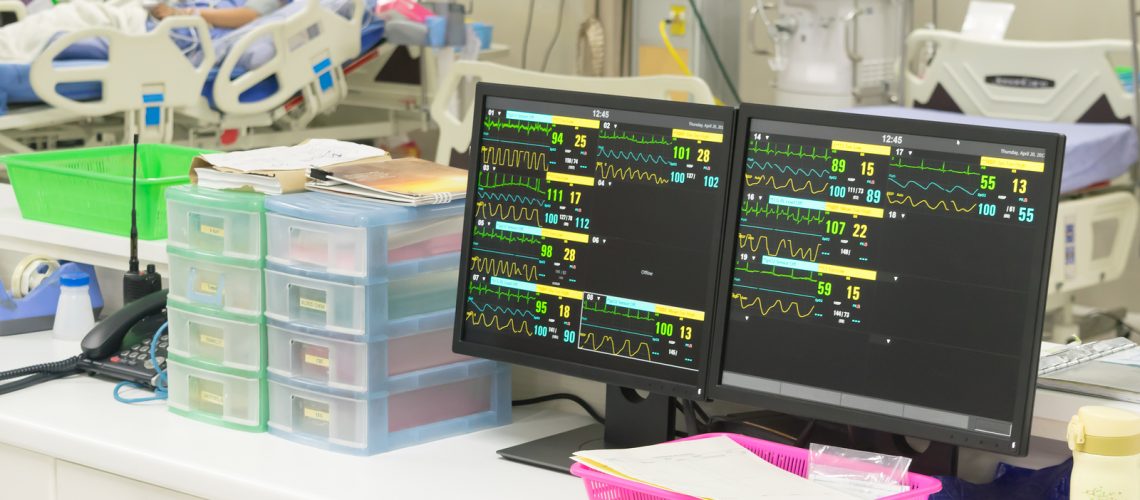Healthcare providers know that even without life support equipment, the human body is remarkably resilient. From a simple scrape to prolonged illnesses, our physiology allows us to withstand the harshest punishments life can throw our way. Every day, our immune systems target and eliminate mutant cells that can turn into cancer. Our senses warn us of danger before it even has a chance to present itself. We have a complex and efficient cooling system in the way we perspire, we possess extraordinary dexterity, and we’ll take nutrients from anywhere (including our own body tissue) to keep vital organs functioning.
But while the human anatomy is an evolutionary marvel, some injuries and illnesses certainly cause for medical intervention. Damage to the brain, lungs, and heart, for instance, can cause issues that we can’t bounce back from on our own. When that happens, humans need something that will keep them safe until their bodies can properly heal. It is in these critical moments that life support equipment can sustain, and even save our lives.

Mechanical Ventilators
Perhaps one of the most important pieces of life support equipment is the mechanical ventilator. A mechanical ventilator keeps oxygen flowing into the body when it is struggling or failing to do so on its own. Its usefulness extends far past the point of helping someone contending with chest colds like bronchitis. Much more serious chronic or inherited pulmonary diseases such as COPD and cystic fibrosis require prolonged use of mechanical ventilation equipment. When your body suffers from these kinds of conditions, it is barely capable of producing its own airflow. Ventilators take on this burden for us.
It shouldn’t surprise healthcare professionals that these essential pieces of life support equipment are incredibly complex. As you know, ventilators go well beyond a breathing mask attached to an oxygen tank. They include components like particle and bacteria filters, air pressure regulators, moisture traps, gas accumulators and many more. All of this amounts to a machine capable of allowing your body to breathe when it can’t perform this otherwise automatic process. Ventilators are one of the most important pieces of life support equipment medical science and technology has provided to mankind.
Dialysis Machines
Another common type of life support equipment is the dialysis machine. Dialysis facilitates the extraction, cleaning, and replacing of blood in our bodies. Dialysis machines use a liquid formula known as dialysate (a mixture of bicarbonates, purified water and acidified solution) to accomplish this. We know that while our kidneys are supposed to do this naturally, kidney failure prevents the body from naturally removing excess salt and waste from our bloodstream. Dialysis machines keep our blood from becoming toxic and lethal to our bodies.
Dialysis machines have come a long way since they were introduced in the early 40s. WIth the ability to automatically regulate dialysate intake and distribution, along with setting off warning alarms in the event of a sudden issue, this vital piece of life support equipment is an important component in any medical facility. Like the mechanical ventilator, they are also made up of many complex and essential parts. Their functionality keeps patients healthy and free of toxins while they wait for their kidney(s) to be replaced.

The Pacemaker
We’ve talked about machines that help keep your body running while it heals or waits for a permanent fix. Now we will discuss a truly incredible form of life support equipment that works from inside your body. What’s more, it serves as a permanent fix to a serious medical issue without making patients dependent on being hooked up to machines in a medical facility. This device is the pacemaker.
The pacemaker is a subdermal implant that’s placed in your chest. It is capable of regulating arrhythmia, a slow or irregular heartbeat. They are also used to temporarily treat symptoms arising from previous medical conditions or surgeries. The pacemaker is quite literally of vital importance to its recipients, as it keeps their hearts functioning normally and healthily.
Life Support Equipment Saves Lives
This is by no means an exhaustive list of the many kinds of life support equipment available to healthcare facilities and their patients today. Machines like the mechanical ventilator, dialysis machine and pacemaker are only a small facet of the greater picture. There have been many incredible breakthroughs concerning the life-saving benefits and abilities of biomedical technology. Life support equipment is some of the most important, versatile and technically complex forms of machinery ever created. As a result, its maintenance and repair is vital to its continued use, as well as to the safety of its users.
Quality Medical Group has been providing biomedical technology maintenance and repair services for over 20 years. As an authorized service depot for Vyaire/Carefusion LVT/Revel Ventilators, we’ve proven ourselves as trusted solutions providers for healthcare facilities around the country. Let us ensure the safety and continuous functionality of your facility’s life support equipment. Contact us today to get started.

